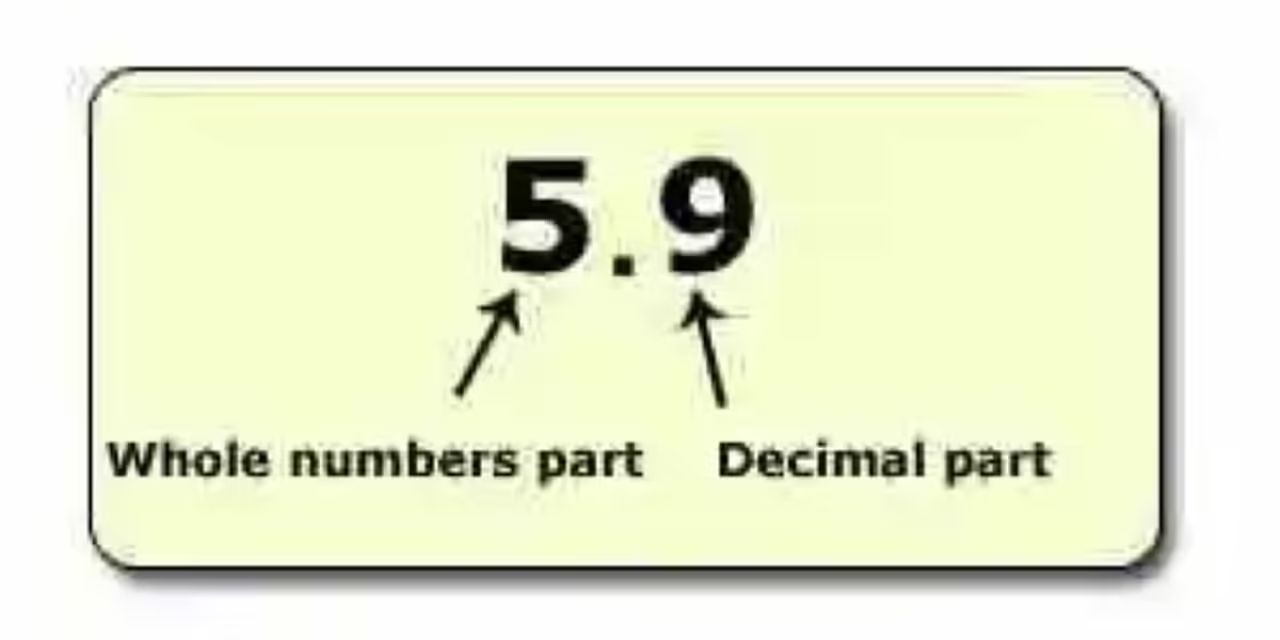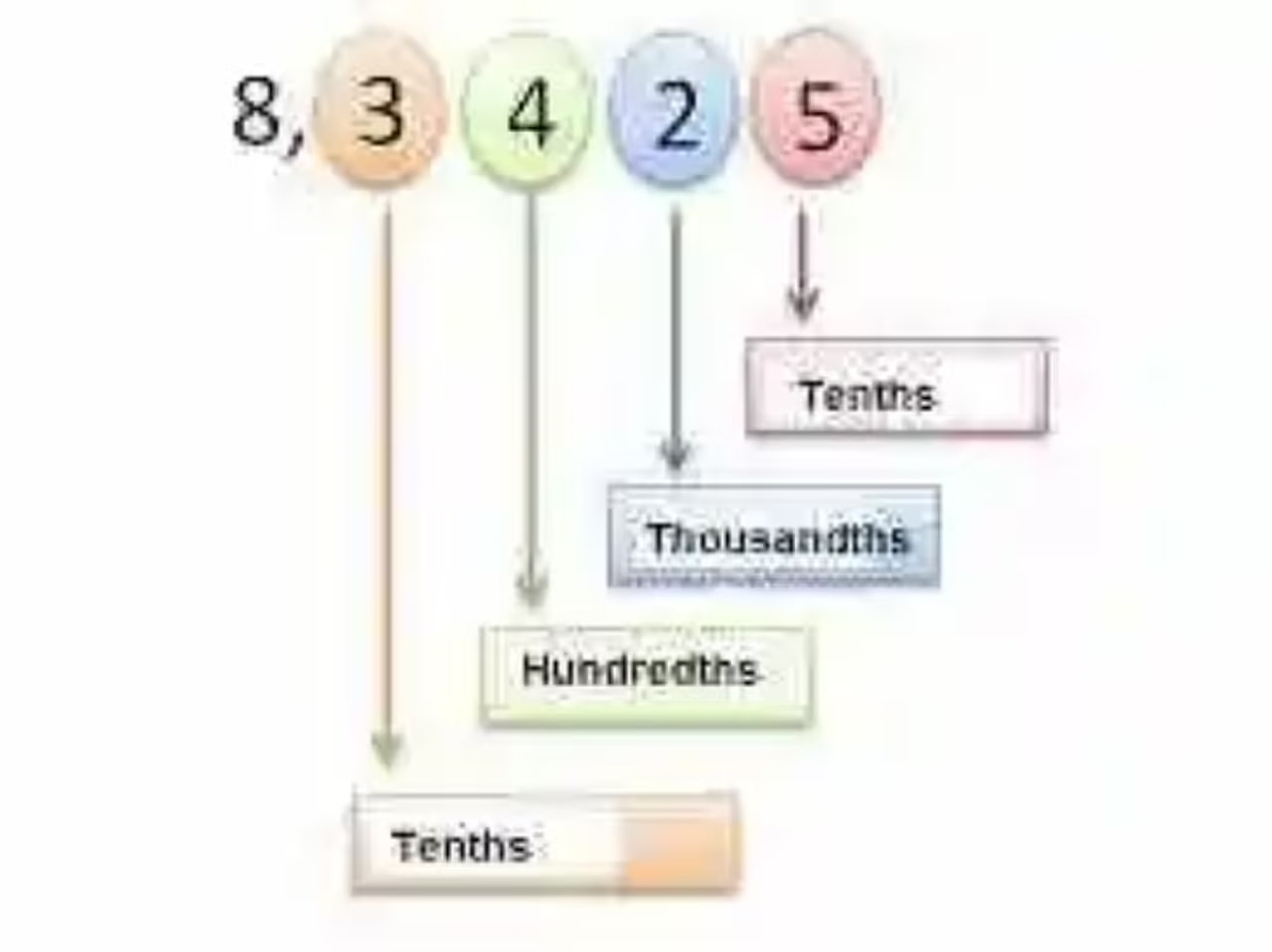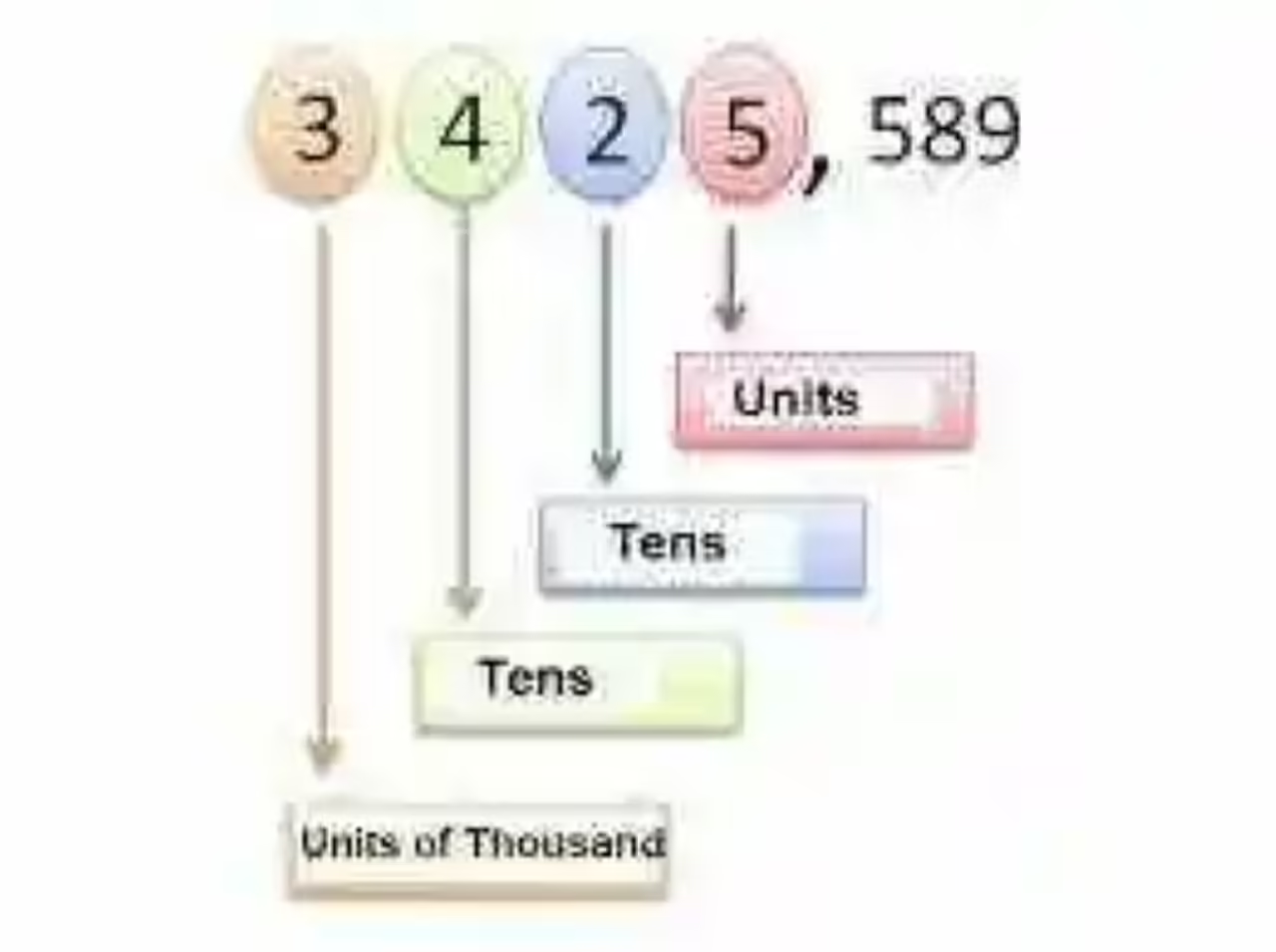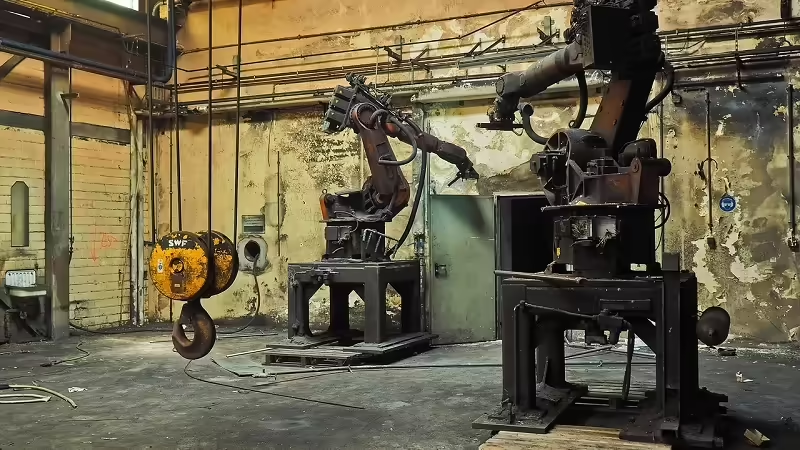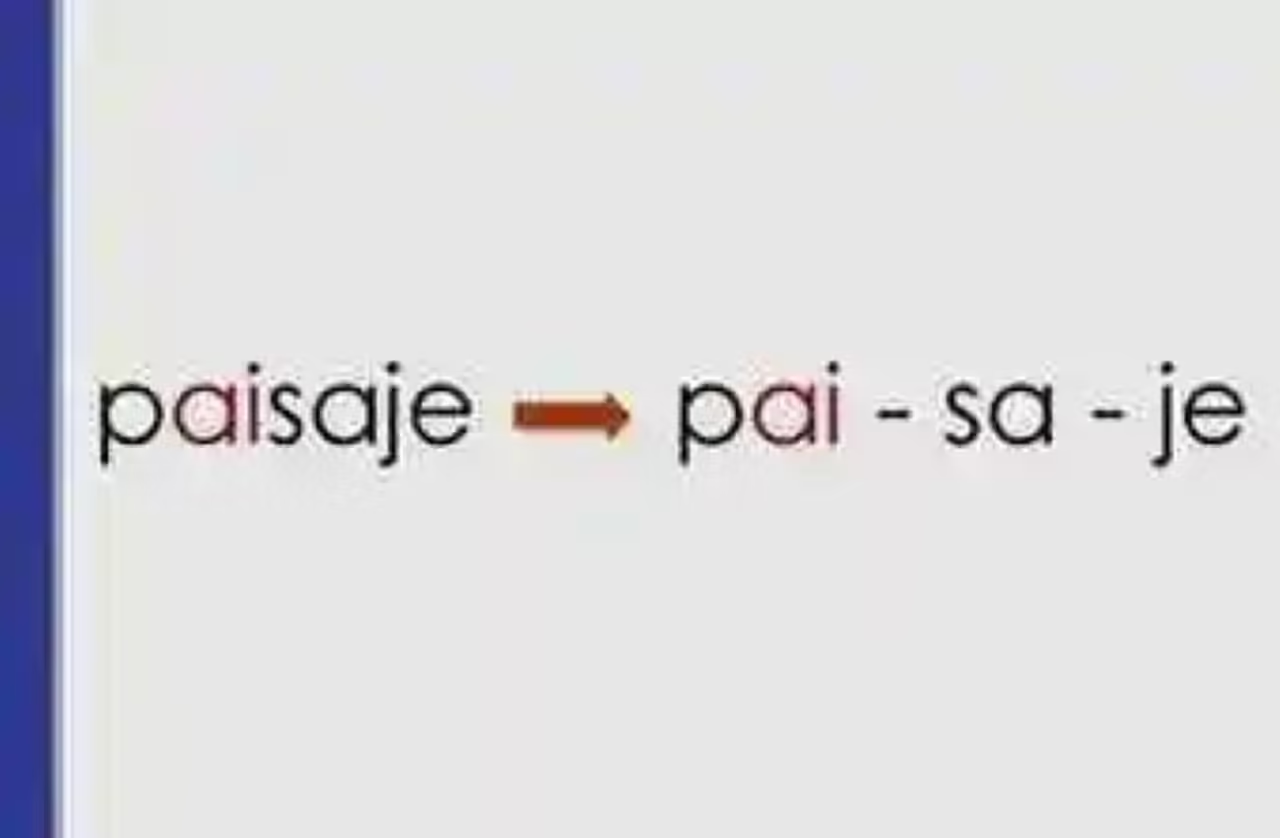Perhaps the best thing to do before explaining Pure Unlimited Decimal Numbers is to briefly review some definitions, which can help to understand this type of numbers within their precise mathematical context.
Fundamental definitions
In this sense, it may be convenientto delimit this theoretical revision to three specific notions: Rational Numbers, Decimal Numbers and Unlimited Decimal Numbers, since these are the types of numbers directly related to the nature of pure unlimited numbers. Next, each of these concepts:
Rational numbers
In this way, the definition of Rational Numbers will first be taken into account, which can be understood as the written expression of the quotient between two integers, or rather between an integer and a natural number. Consequently, this quotient can be an integer or a decimal, where decimals have precise numbers or extend to infinity, but where a series of numbers is repeated. Likewise, the rational Numbers will then form the numerical set Q, which in turn will contain the integers (Z) and the natural Numbers (N).
Decimal Numbers
As for the concept of Decimal Numbers, the different mathematical sources coincide in pointing out that this type of numbers are used to express both rational and irrational numbers, that is, those that also have infinite decimals, but in which no series of numbers is ever repeated. Likewise, the mathematical discipline indicates that decimal Numbers will be made up of two parts:
- The first of them, constituted by an integer (positive, negative or even zero) and that also receives the name of units. In this area, being numbers belonging to the decimal system, each element will have a positional value, being then the units, tens, hundreds, units of a thousand, hundreds of a thousand, etc.
- On the other hand, in the decimal numbers it will be possible to see also a decimal part, which will be constituted by a number smaller than the unit, and that is included somewhere in the Numeric Line between 0 and 1.In them there will also be a positional value of its elements, where it will be possible to count from left to right the tenths, hundredths, thousandths, ten thousandths, etc. This part of the decimal number will also be known as incomplete units.
- Both parts will be separated – and at the same time joined – by a comma. To the left of it the whole numbers will be written down, while to the right of this symbol the decimal numbers will be written down. In some mathematical currents, instead of a comma, a period is used, which will have the same function.
Unlimited Decimal Numbers
Finally, it will also be helpful to throw light on the definition of Unlimited Decimal Numbers, which are understood as one of the two classes of decimals that exist, which differ mainly by the finiteness of their incomplete units. In this order of ideas, the unlimited Decimal Numbers have been described as those decimals in which the incomplete units -or decimals- are infinite, either if these are extended without there being repeated series in it or on the contrary, there are.
Pure unlimited decimal numbers
Once each of these concepts has been reviewed, it is perhaps much easier to approach the definition of unlimited cigars, which will be a type of decimal number of infinite incomplete units, in which you can find a series of numbers that are repeated infinitely. In specifics, the pure boundless will be those decimal numbers where this occurs, and in addition the first number of the repeating series is arranged immediately after the comma.
Examples of Pure Unlimited Decimal Numbers
However, it is probable that the most efficient way to complete an explanation about this type of numbers is through some concrete examples that allow us to see in practice the structure of these numbers, specifically the repetitions that are given in their incomplete units. Here are some of them:
Image: pixabay.com

